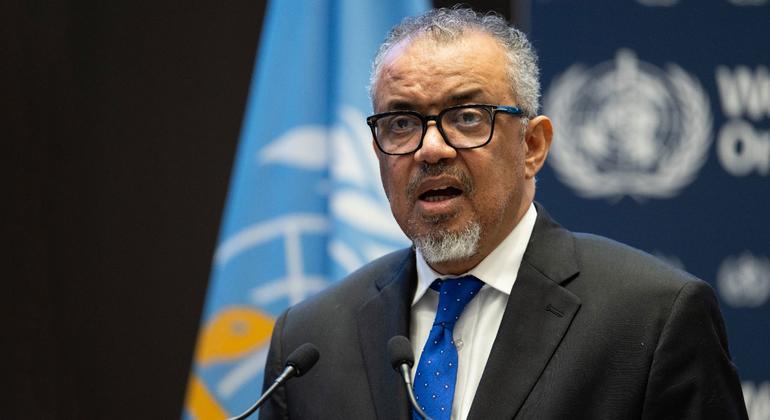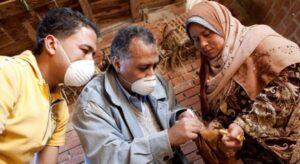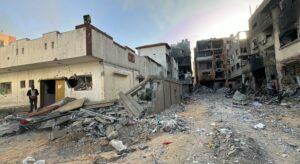So far, eight possible cases have been reported in the southern region of Ethiopia and laboratory tests are underway to determine the exact cause.
Health workers are among those infected, WHO Director-General Tedros Adhanom Ghebreyesus said in a tweet.
What is viral hemorrhagic fever?
Viral hemorrhagic fevers are a group of epidemic-prone diseases caused by several distinct families of viruses and include Marburg and Ebola virus diseases, Crimean-Congo hemorrhagic fever, and Lassa fever.
They can range from relatively mild to seriously life-threatening and are characterized by sudden onset of muscle and joint pain, fever, bleeding, and shock from blood loss.
Bleeding, or hemorrhage, from internal orifices and organs is an important symptom in severe cases.
Transmission can occur in several ways depending on the disease, including contact with symptomatic patients, through slaughtering practices and by direct contact with rodents or their droppings in the case of Lassa fever.
Healthcare professionals, supplies and funds
“WHO has deployed experts to affected towns, along with medicines and other materials to support care for those in need.and personal protective equipment for health workers,” Tedros said.
The 11 technical officers will assist in several areas, including disease surveillance, investigation and testing, and infection prevention and control.
The agency is providing other critical supplies, including a rapid-deployment isolation tent to bolster clinical care and management capabilities.
Tedros also released $300,000 from the WHO Emergency Fund for Emergencies to provide immediate support to national authorities.
“WHO offices in Ethiopia and South Sudan work closely to prevent possible cross-border transmission“, he said, and the agency “stands ready to increase its support, if necessary.”




